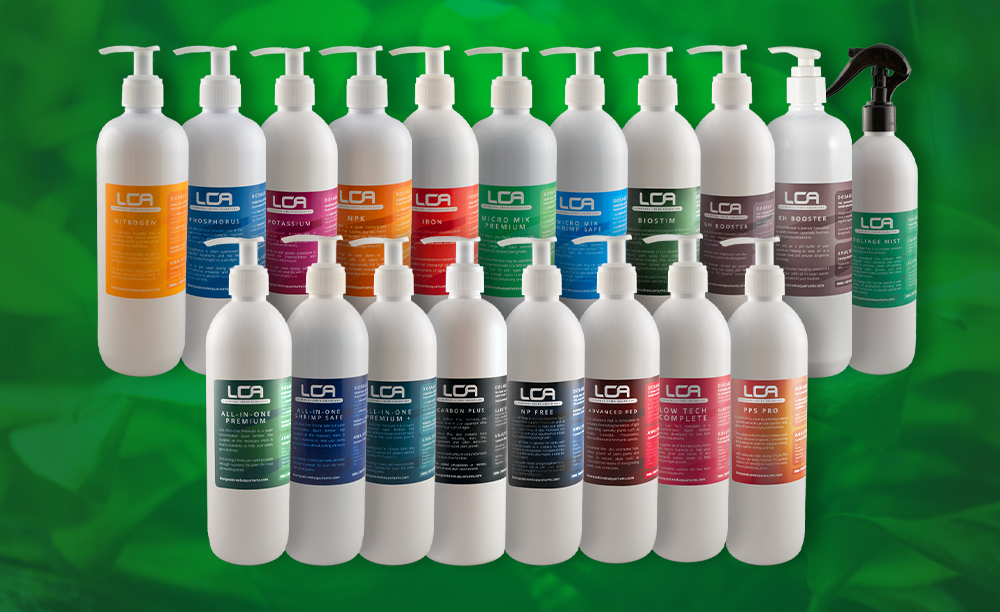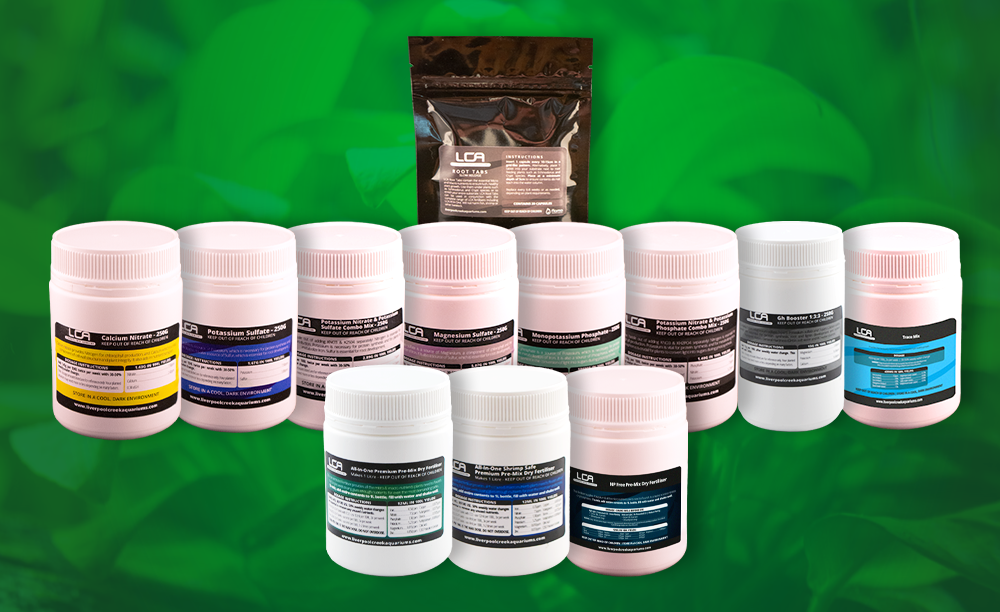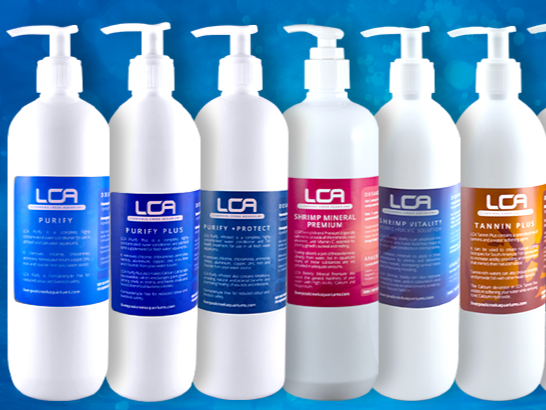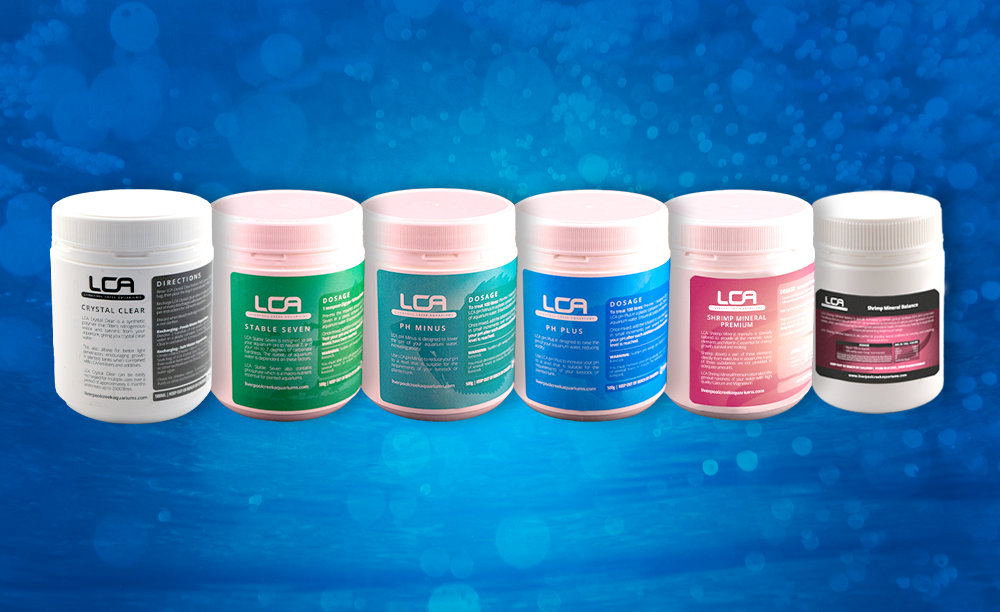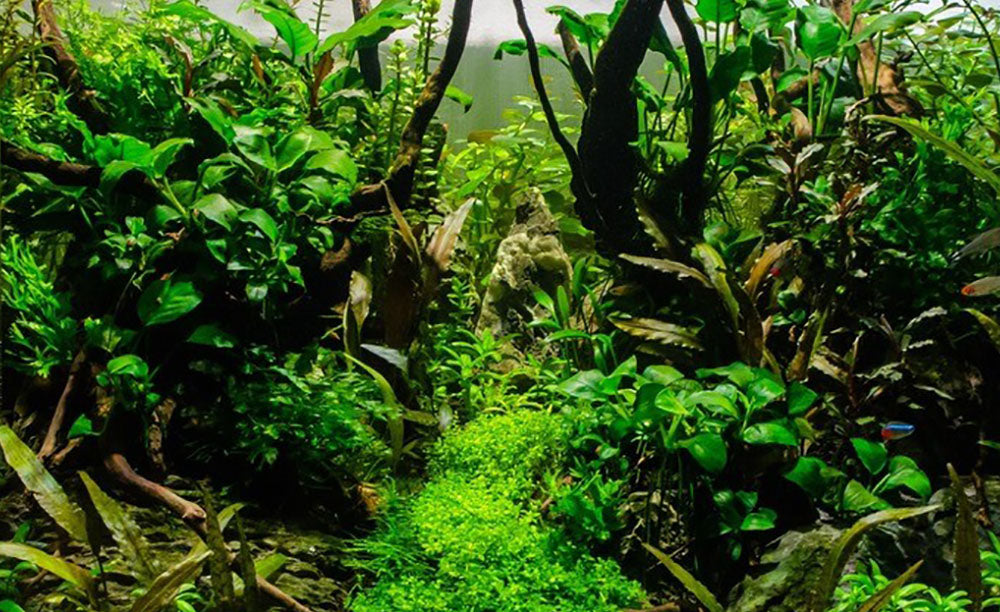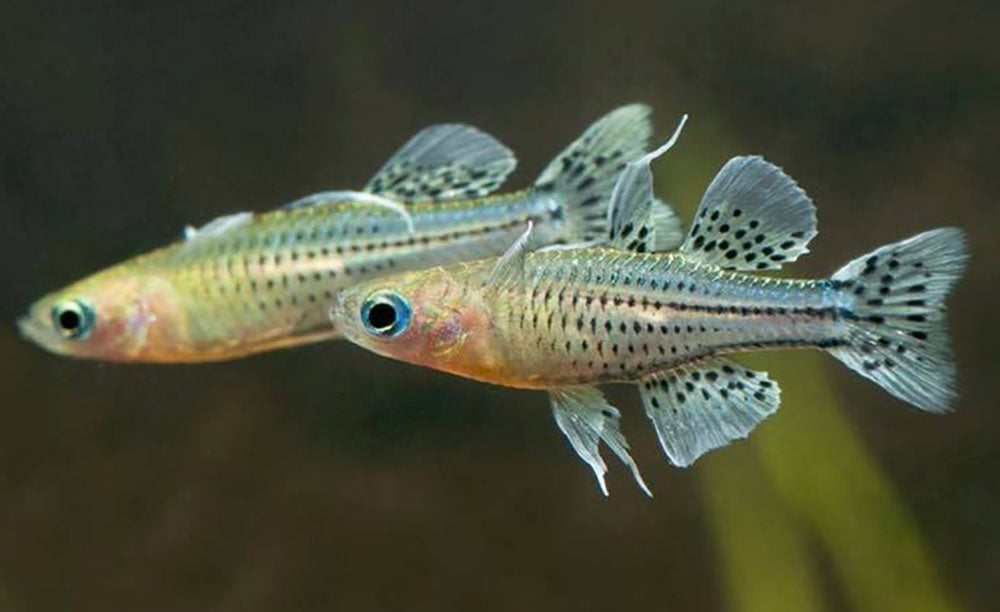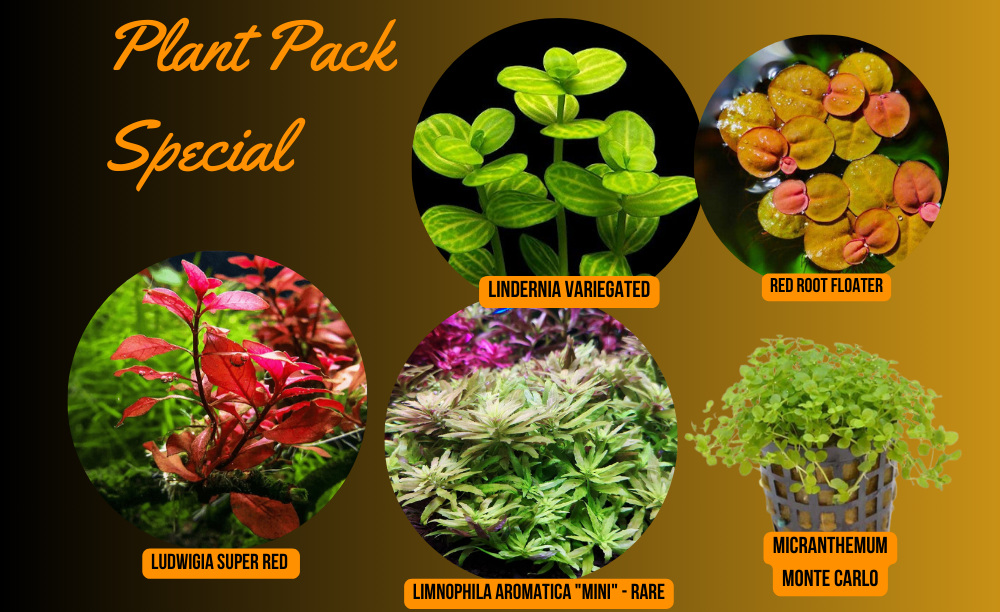Your Cart is Empty
we are now CLOSED FOR OUR ANNUAL BREAK
ANY NEW ORDERS WILL NOT BE SENT UNTIL EARLY JANUARY
***FREE SHIPPING ON ORDERS OVER $200***
we are now CLOSED FOR OUR ANNUAL BREAK
ANY NEW ORDERS WILL NOT BE SENT UNTIL EARLY JANUARY
***FREE SHIPPING ON ORDERS OVER $200***
Store
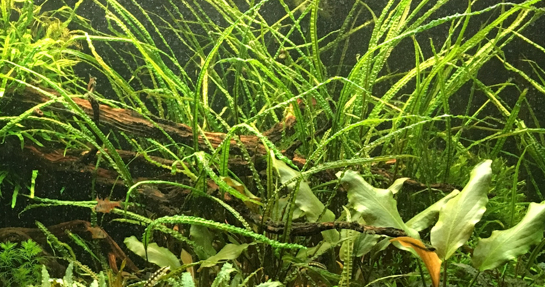
Melting Plants
5 min read
Melting Plants – Causes & Solutions
Plants melt when stressed, which can be caused by a variety of triggers. In this stressed condition, the plant starts to scavenge nutrients from older, unhealthy leaves in an attempt to grow healthy new ones. Dropping old leaves that don’t suit the current conditions also helps the plant focus on providing nutrients to leaves that are still reasonably strong.On rosette plants like echinodorus, the outer leaves will melt first. On stems, the lower leaves will melt. The leaves will lose colour, turn translucent and disintegrate.
If you can identify what is causing your plant to melt and rectify the condition, new, healthy leaves and growth will emerge and melting will stop.
If not, the plant will continue to scavenge from its oldest leaves until conditions for survival are met. If your plant continues to be stressed, it will keep melting until eventually the entire plant dies.
What are the causes of plant melt and how do I fix it?
Poor quality plants
If you buy a plant that’s unhealthy, you’re already starting with stressed stock. It will then become more stressed when planted in your aquarium due to varying conditions.
The fix: buy quality plants – look for healthy white roots and strong leaves with good colouration. If plants show signs of deficiencies, or are physically damaged, avoid them!
Transitioning from emersed to submersed growth
Some growers sell their aquatic plants in their emersed (above water) form. When you plant it submersed in your aquarium, the old leaves will melt away so that the aquatic form can grow.
The fix: The easiest thing to do is buy only submersed grown plants! Otherwise, if you’re using pressurised CO2, increasing the injection rate will speed up transition drastically. If you’re not using CO2, reduce your water temperature to around 22c which will slow the plant’s metabolism, reducing its demand for nutrients. Transition will be slow but the plant will not be as stressed.
Acclimatising
After being planted, new plants need time to acclimatise to their new conditions. Your water, lighting and more are going to be different to what the plant was grown in. This causes some stress to the plant and it may melt some leaves that don’t suit the new conditions in favour of growing new ones that will.
The fix: Provide water column fertilisation to allow the plant to absorb nutrients directly through its leaves instead of its underdeveloped root system. Consider increasing the amount of injected CO2.
High ammonia
High levels of ammonia are common in newly set up aquariums that are in the process of cycling, especially in those using aqua soils that release ammonia. Plants can use ammonia as a nutrient, but in high concentration (>2ppm) levels will become toxic to plants.
The fix: Cycle your aquarium (at least most of the way) before adding plants. If you’re using aquasoil that releases ammonia, let it mature first. Perform water changes to reduce ammonia. Remove any dead or dying plant tissue which will also help reduce ammonia and stress on the plant.
PH (or KH/GH) too high or low for species
Some plant species prefer a more acidic or alkaline PH, or a higher or lower KH/GH, and will not tolerate levels outside of their range.
The fix: Research before you buy! If it’s too late for that, you can adjust your levels with additives to get them to the degree your plants require.
High organics
High levels of organic waste can be toxic to plants and will also cause algae to grow, stressing plants further.
The fix: Siphon detritus from your aquarium regularly, remove any dead or dying plant matter and make sure you clean your filter on a regular basis.
Old damaged leaves being discarded by the plant
Plants will not “heal” leaves that are damaged, and will discard them in favour of growing new ones.
The fix: Remove any damaged, dying or dead leaf matter. Don’t worry – this will benefit the plant and help it bounce back. You can trim and replant the tops of healthy stems too.
Not enough nutrients
If a plant is not getting the nutrients it needs to create new growth, it will draw them from old growth instead.
The fix: If you’re using aquasoil, it may be depleted, in which case you either need to replace it or add root tabs to your substrate. You should also be dosing a comprehensive fertiliser to your water column, as newly added plants will be absorbing nutrients faster through leaves rather than roots. It’s much faster for plants to get nutrients to growth tips through water column fertilisation when compared to root feeding.
Co2 too low
If you’re running a high-tech tank with injected CO2, sometimes the diffuser can get clogged, reducing to decreased amounts of CO2. Sometimes your water circulation might not be dispersing the CO2 evenly throughout the tank. You might simply not be injecting enough! Whatever the case, a sudden decrease in available CO2 will lead to plants dropping old leaves.
The fix: Clean your diffuser, check your water circulation is adequate and if necessary adjust the rate of your CO2 injection.
Not enough flow
If your filter isn’t creating enough flow, nutrients might not be circulating through your water column evenly. Poor flow can also be caused by overgrown plants or complex hardscape. Plants that aren’t receiving enough nutrients will melt.
The fix: Upgrade your filter if it’s not powerful enough, or add a water circulation pump. Trim any overgrown plants and replant stem tops. Consider if your hardscape is impacting flow and adjust the angle of your filter output if necessary.
Temperature too high
Most plants prefer cooler water conditions and will melt in warmer (>26c) temperatures. Warmer water also speeds up plant metabolism, which increases its need for nutrients as it attempts to grow faster. As always, insufficient nutrients will lead to plant melt.
The fix: If you’re using a heater, decrease the temperature – as long as your livestock can handle it. If you know the plant can handle the higher temp, you might need to increase nutrient levels. Otherwise, research the plants you want to buy and make sure they can survive in the conditions you’re providing.
Not enough light
If your light is not powerful enough, or isn’t reaching lower leaves due to overgrown plants or other factors, plants won’t be able to photosynthesise as well. If they can’t photosynthesise, they can’t grow, and will start to drop leaves that aren’t getting enough light.
The fix: If your light is too dim, it’s time for an upgrade! Otherwise, if you can adjust the brightness, do so and observe for changes over time. You can run your lighting for a longer period of time each day too – for example, if you’re only doing 6 hours, increase it by an hour.
Overgrown plants will block the light to lower leaves and plants as well, so they should be trimmed. When planting stems, plant them with room between each other to grow, rather than tight bunches.
Be aware that if you increase your lighting strength or duration, you will very likely need to adjust fertilisation and CO2 amounts as well.
Salt or other chemicals
Using salt in a freshwater aquarium causes plants to draw it into their cells, which causes a loss of water leading to dehydration, stressing and damaging the plant, leading to melt.
If some chemical treatments are overdosed, damage and following melt can also occur to delicate plants such as mosses. Chlorine in water can prevent nutrient intake and stunt growth as well.
The fix: If you’re using salt to treat illness in livestock, make sure you’re not overdosing it. A bit of plant melt with salt is generally unavoidable. As soon as treatment has finished, make sure you perform water changes to remove salt from the aquarium system.
If you’re using treatments containing glutaraldehyde, make sure you don’t overdose! Plants like valisneria, echinodorus and some mosses can be particularly sensitive to it.
Always dechlorinate water being added to the aquarium.
Disease
Some plants such as anubias are susceptible to a particular disease that causes widespread damage, rotting and melting. While not common, it can appear without warning.
The fix: Trim away and discard all affected plant matter to stop the spread. You may have to remove 90% of a plant, but as long as conditions for growth are met, it will bounce back.
Subscribe
Sign up to get the latest on sales, new releases and more …
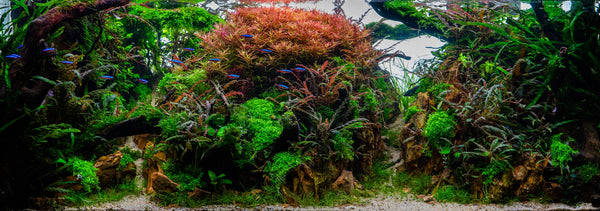
Join Us
Join our Facebook group and benefit from the knowledge of
Australia’s largest community of planted aquarium enthusiasts!

